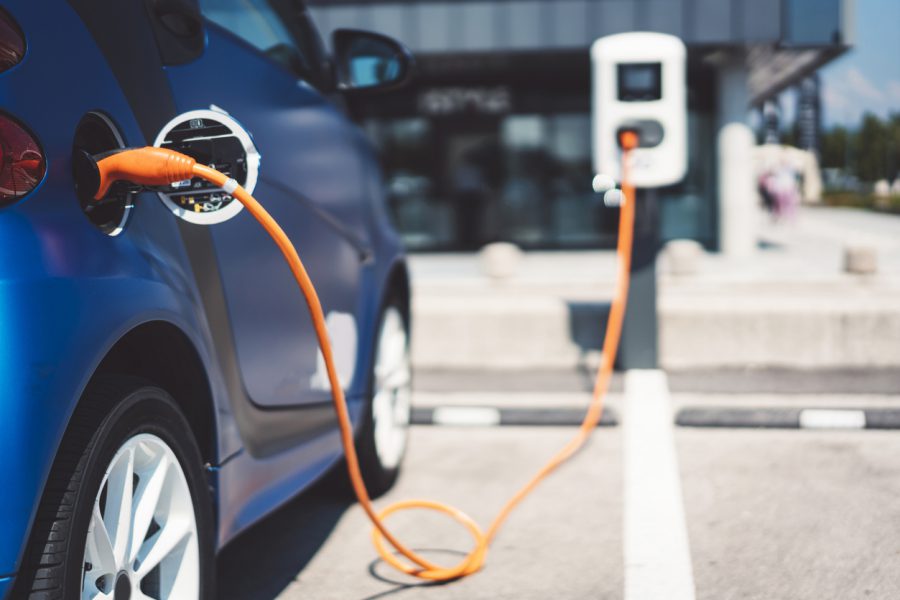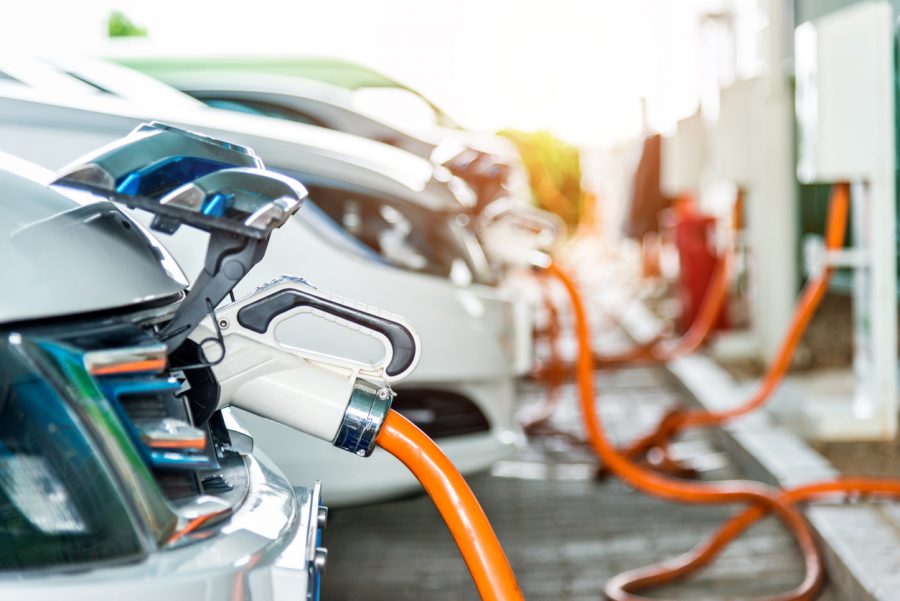
They call it range anxiety when you’re worried that your electric car won’t have sufficient charge in its battery to complete your journey. But what happens if you do then run out of charge? And is there any way you can stop it happening?
Reasons not to run out of charge
As with most combustion engine cars, electric models have a range indicator on their computer. These tend to be reasonably accurate and in our experience even err on the side of safety. There are stories of some electric car owners continuing to drive their motor when the indicator says the car has zero range. This isn’t advisable. Continually discharging a battery to the point where it has no power can reduce its lifespan in the longer term.
Most electric cars feature sat navs that will navigate you to the nearest compatible charging point when you’re running low on charge. It’s best to take advantage of this feature before you’re stranded roadside.
If you’re running low on charge
Whatever kind of car you’re driving, you should never join a motorway if there’s a chance you could break down. If your electric car’s range indicator is showing on the low side, it’s best to get to a charging station as soon as you can.
If that isn’t possible, switch off any features that won’t have an impact on road safety, such as the air conditioning and sound system. This will eke as much life out of the battery as possible. You should then look for safe places to stop such as laybys or car parks.
It’s best to stop when your battery still has some charge in it and you can choose the safest possible stopping place, ideally away from moving cars.

If you do run out
When you’ve pulled up, make sure you and your passengers are in a safe place, away from your vehicle if it’s beside the carriageway. You can find more advice here. And if you’re worried about breaking down on a smart motorway, read our guidance here.
When you contact your breakdown cover provider, it’s important that you tell them you’re in an electric car. You can’t tow many electric cars: it damages their regenerative braking feature. Most will need to be put on a trailer to be taken to somewhere they can be charged.
Some electric cars can be towed with just the front wheels raised. Check your car’s user manual to find how best to have your car rescued.
Use the car’s technology
Electric cars are different to petrol or diesel models. Not only do they take longer to ‘refuel’, they also won’t go as far on a single charge as you’re used to on a tank of fossil fuel.
Thankfully, electric cars are technical wonders. Most come with apps for your smart phone that enable you to control the car’s features remotely. One of the most important range-extending tools that you can trigger from your phone is what’s known as pre-conditioning. This tells the car to warm its cabin up (or cool it down) while it’s still charging from the mains.
Heating or cooling a car’s interior takes quite a lot of battery charge. Do it while the car is plugged in and the battery power that you would have used to make the cabin more comfortable will be saved for driving.
Pump the tyres up
Car tyres create friction against the road surface. The less air the tyres have, the greater that friction and in an electric car, the more battery power it’ll take to turn the wheels. Pump the tyres up to the manufacturer’s recommended pressure on a regular basis and you’ll get more mileage out of your electric car. It’s that simple.
By John Price, a member of Green Flag’s automotive technical support team